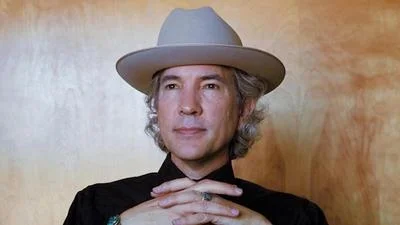John Crenshaw President | New Mexico Wildlife Federation
New Mexico has been facing severe forest fires and reduced stream flows in recent years. In response, conservationists are turning to beavers as a potential solution for restoring the state's rivers and streams. Reid Whittlesey, the restoration director at Rio Grande Return, will discuss these efforts at the New Mexico Wildlife Federation’s free “Wildlife Wednesday” event on December 11.
Whittlesey emphasized the positive impact of beaver populations on watershed health, especially given New Mexico's recent mega-fires. He stated, "In my mind, beaver is a way to get to the greater goal of riparian restoration." Rio Grande Return is actively working on various projects across New Mexico to restore river habitats and reestablish beaver populations.
Founded by Alan Hamilton in 2007, Rio Grande Return is part of the NM Beaver Coalition. The coalition includes members from the New Mexico Department of Game and Fish and several environmental organizations. Since 2020, Rio Grande Return has planted thousands of trees and native plants, cleared invasive species from wetlands, and constructed wildlife-friendly structures.
Volunteer opportunities are available for those interested in assisting with tree-planting and other habitat improvement activities. Whittlesey noted that volunteers have already contributed significantly this year through events organized with groups like New Mexico Trout and Santa Fe County Open Space volunteers.
Rio Grande Return's work focuses on restoring beaver habitats using ecologically based practices that mimic natural processes disrupted by human activity. Current projects are underway in areas such as San Antonio Creek and Valles Caldera National Preserve.
The group also aims to increase cooperation between agencies for more effective translocation of beavers across the landscape. Whittlesey highlighted the historical decline of beaver populations in New Mexico due to habitat degradation over centuries.
Efforts include fencing off streams from cattle and elk to protect new vegetation essential for supporting beavers. Additionally, Rio Grande Return collaborates with local farmers to demonstrate the benefits of coexisting with beavers rather than viewing them as nuisances.
On a parcel near Chimayo's Rio Quemado, initial resistance to beaver presence turned into acknowledgment of their advantages during dry periods. "Because of the beaver dams storing so much more water," said Whittlesey, locals were able to maintain irrigation longer than usual during poor monsoon seasons.
While restoring historic ranges may not be feasible everywhere due to changes in stream conditions, interest remains high among officials like those at Lincoln National Forest who see potential benefits from reintroducing beavers into old trout streams now lacking perennial flow.
Whittlesey's presentation on December 11 will begin at 5:30 p.m., held at Marble Brewery’s Northeast Heights Taproom in Albuquerque.









